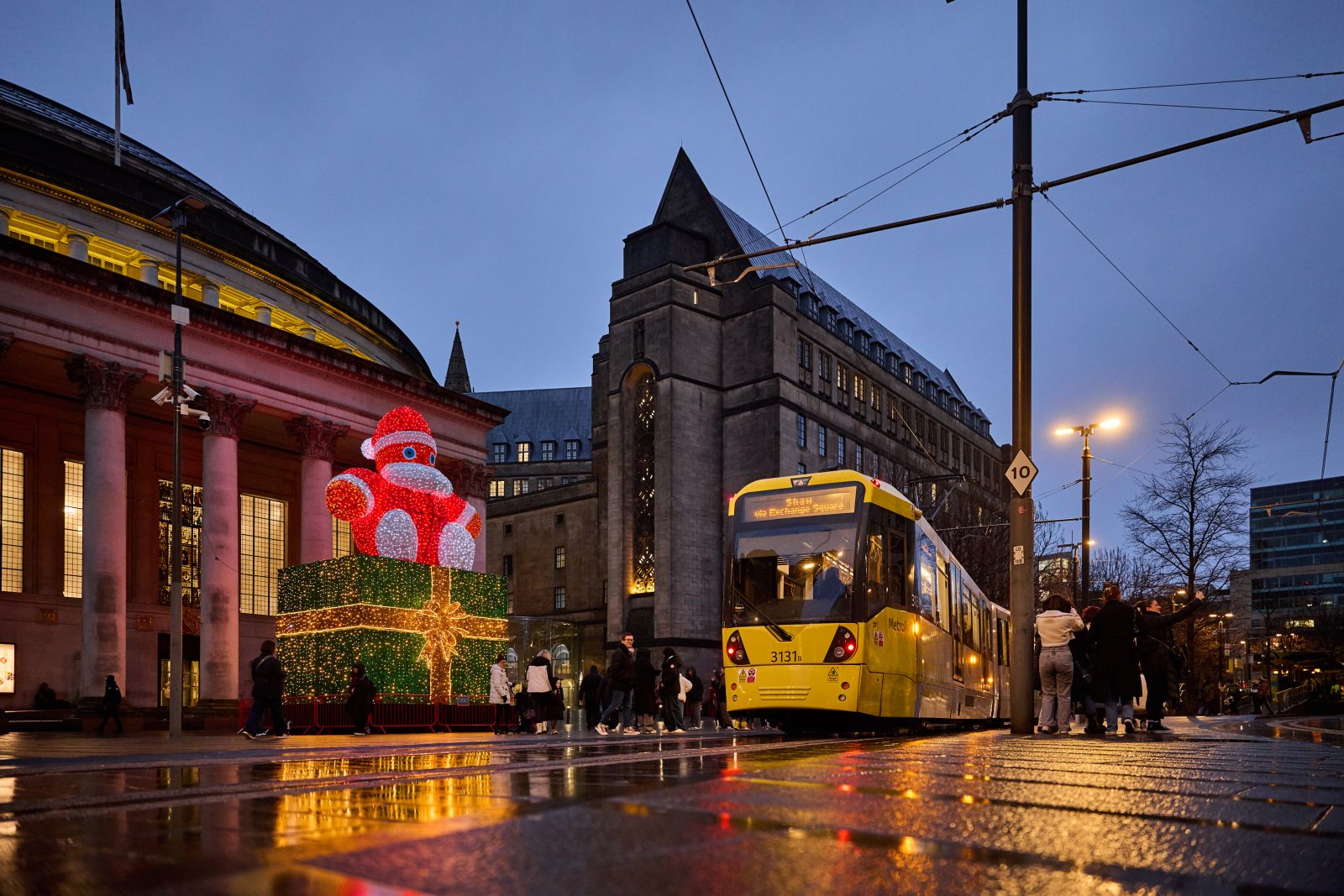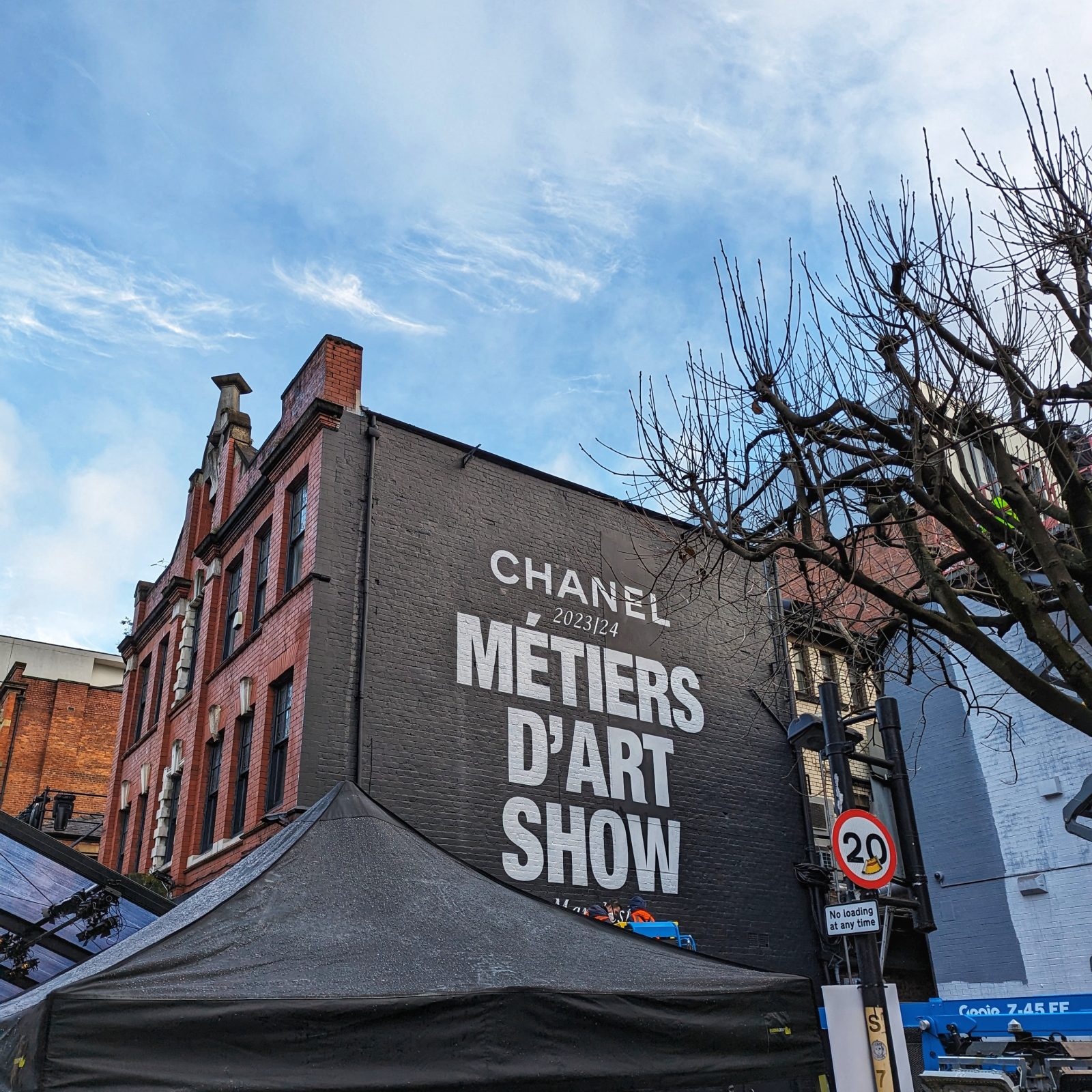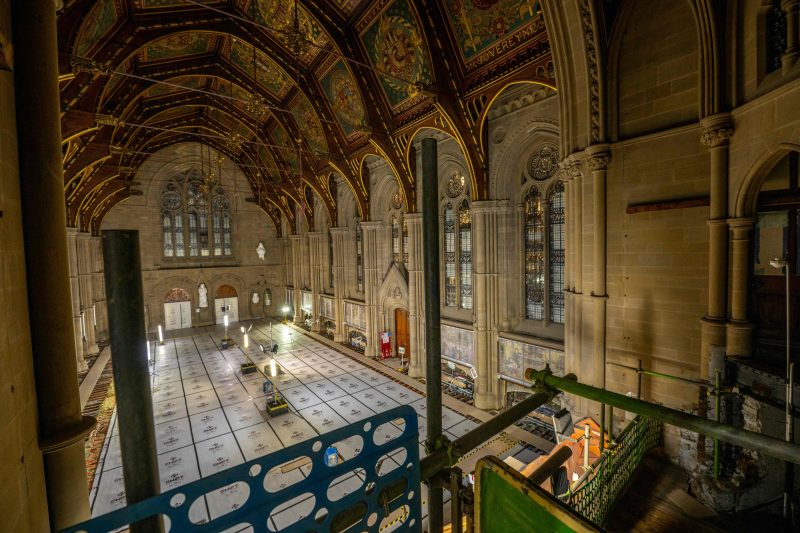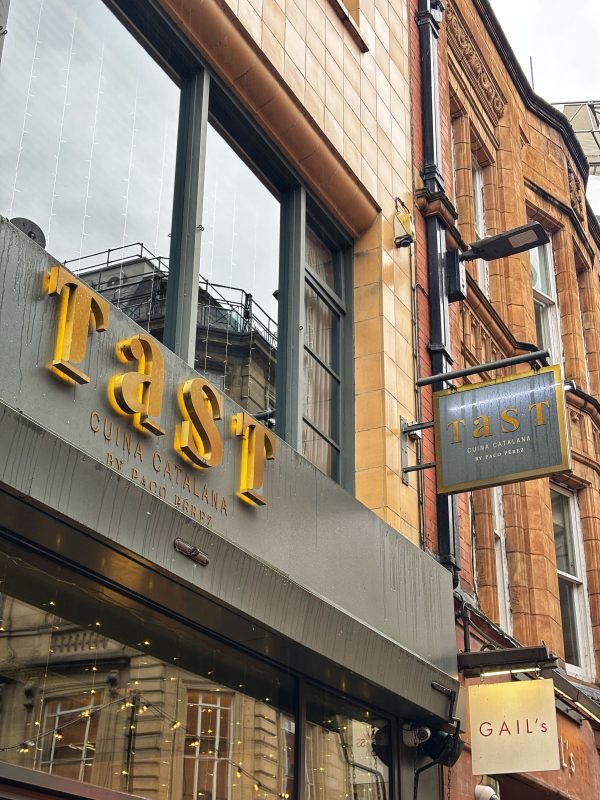Travel & Tourism
Some bikes are now allowed on Greater Manchester trams as ‘supervised trial’ begins
However, only bikes approved by TfGM for the pilot are permitted.
Some bikes are now allowed on trams in Greater Manchester from this week, as a ‘supervised trail’ has now been launched.
Passengers who regularly use the Metrolink will know that folded bikes in bags have been permitted on trams in the region under the current rules for quite some time now, but standard cycle bikes and non-standard bikes are not allowed.
However, proposals for Transport for Greater Manchester (TfGM) to carry out a ‘guided pilot’ were approved by the Bee Network Committee back in January.
And that pilot has now finally launched last week.
Officially launching last Thursday (29 February), and being supervised by the tram operator, Keolis Amey Metrolink (KAM) under test conditions, the ‘guided pilot’ is taking place with volunteers selected by TfGM.
The pilot will run for the next four to six weeks on off-peak services on different lines, routes, and stops across the Metrolink network, and at different times of the day and days of the week.
However, it is very important to note that, during the ‘guided pilot’, there has been no change to TfGM and Metrolink’s ‘Conditions of Carriage’ policy – which means that bikes and non-standard cycles are not allowed to be taken onto trams by members of the public, and only invited participants under supervision by KAM staff will be able to take their bikes on the Metrolink network.
Greater Manchester Mayor Andy Burnham committed to carrying out the pilot study as part of his mayoral manifesto.
It was also recommended by the region’s Active Travel Commissioner, Dame Sarah Storey.
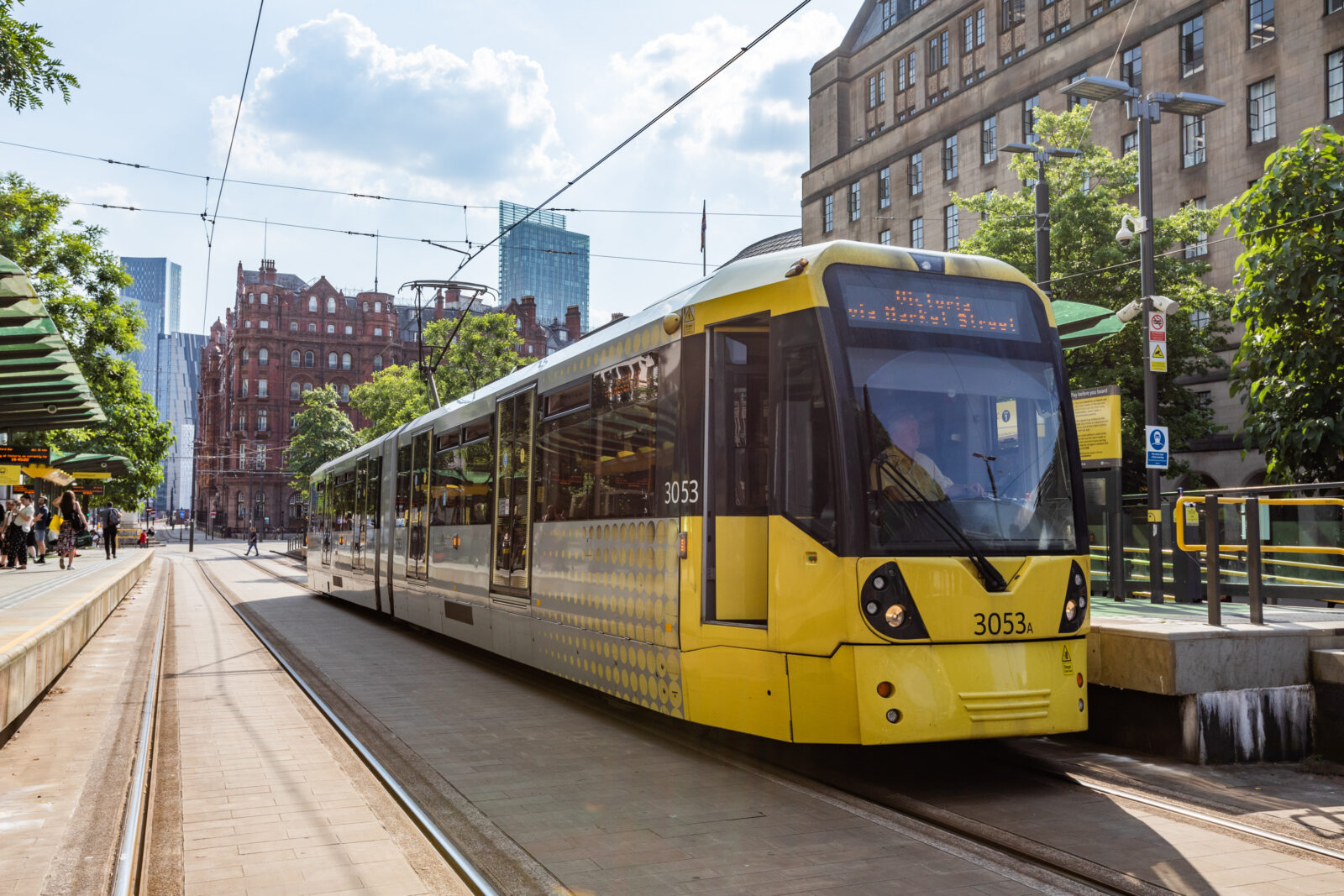

TfGM says the pilot has been developed to ensure “all passenger groups are represented” – which includes people with disabilities, and those travelling with pushchairs.
Researchers’ aim of the pilot is to observe different scenarios involving bikes on trams in a controlled way, and record the experiences of everyone using trams.
The space required to transport bikes alongside passengers, as well as the existing challenges of accommodating bikes, both on trams and the wider network – including stops and transport interchanges – are to be the main points of consideration.
Not only that, but TfGM has also said it will be using the pilot to look at the carriage of adapted bikes used as mobility aids, scooters, and a broader range of mobility scooters that are not currently permitted too.
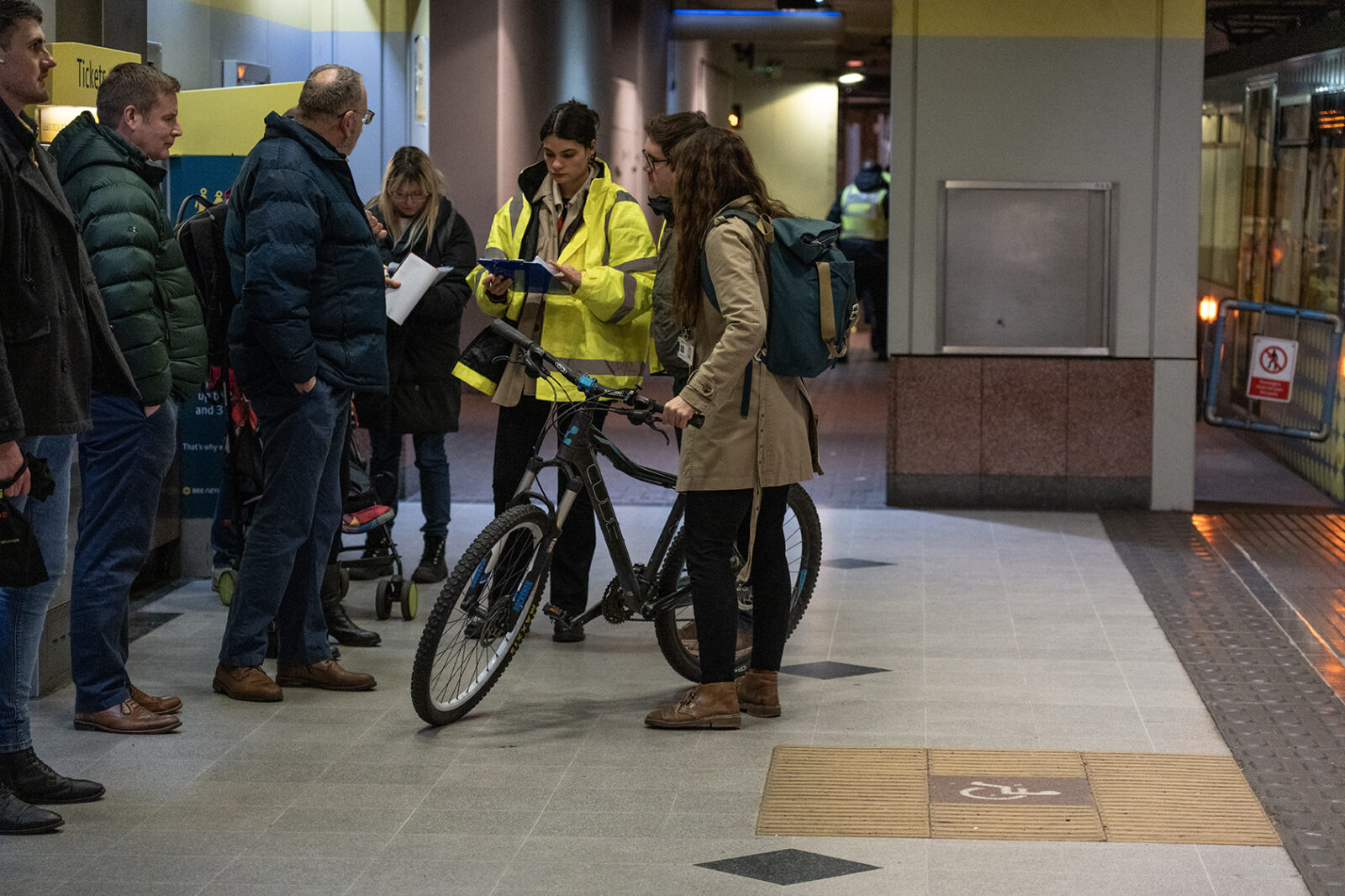
Feedback from other passengers will also be recorded as a part of the pilot, along with feedback from the volunteers taking part and any other participants involved, and then, a follow-up report will be taken to the Bee Network Committee later this year with recommendations about bikes on the Metrolink network in the future.
“I’m pleased the pilot to test the carriage of bikes and non-standard cycles on trams is now underway,” commented Danny Vaughan, who is the Head of Metrolink at TfGM, “and I look forward to reviewing its findings.
“I would like to remind Metrolink customers and cyclists that only invited volunteers can take part in the pilot, and that the current conditions of carriage still stand.
Read more:
- Manchester launches bid to become Europe’s first-ever ‘Capital of Cycling’
- Dogs are allowed on trams in Manchester for the first time ever
- More than half of Greater Manchester’s new ‘bee bikes’ have been vandalised
You can read the current rules around taking bikes on trams on the TfGM website here.
Featured Image – TfGM


